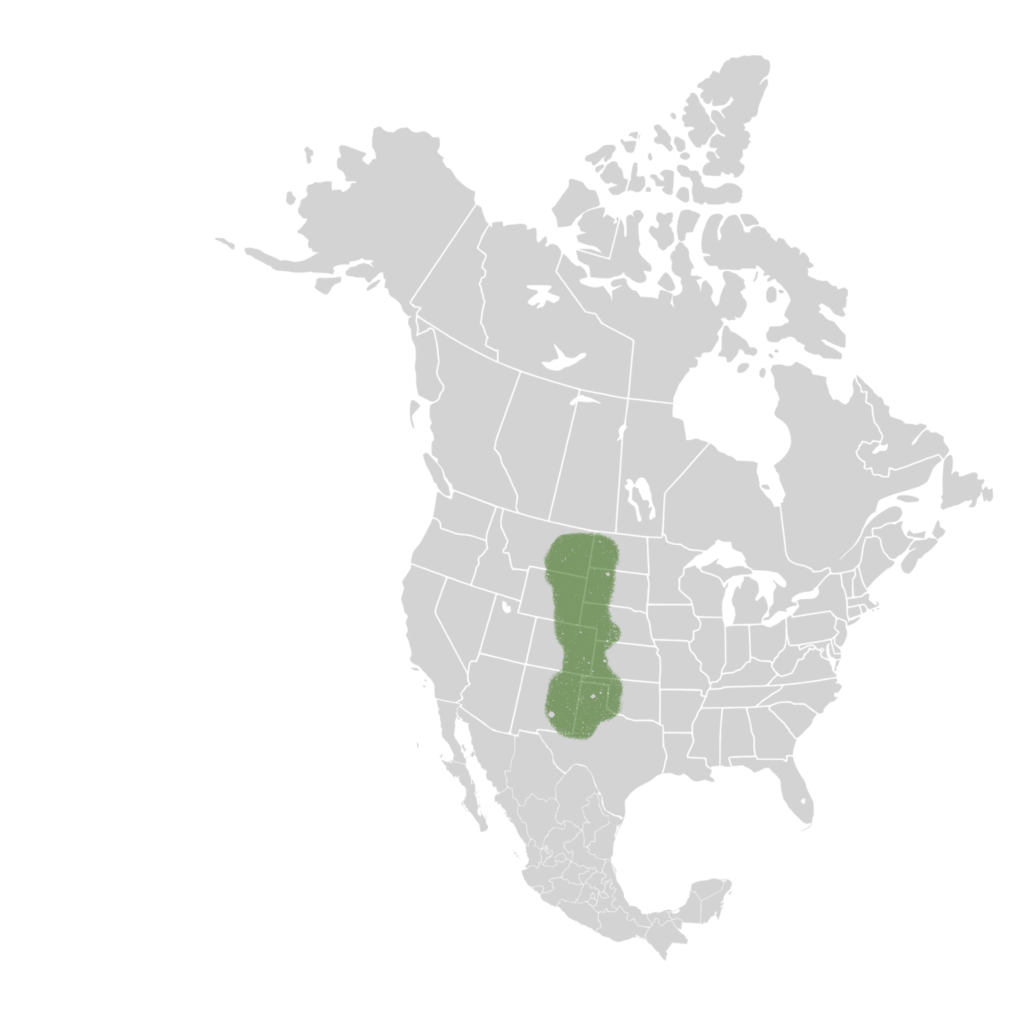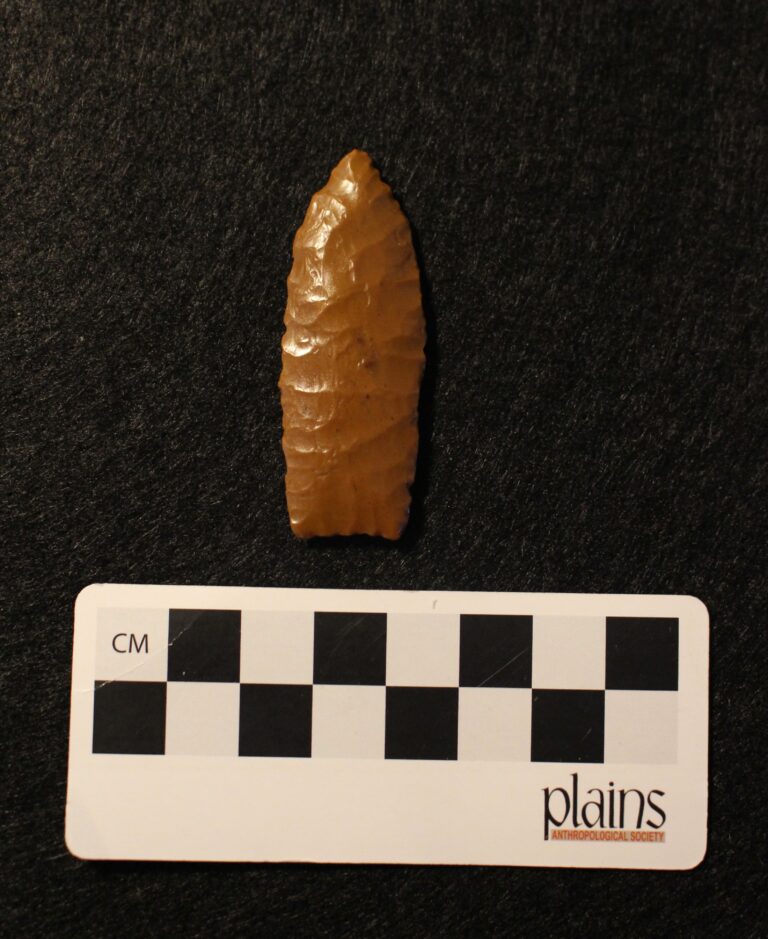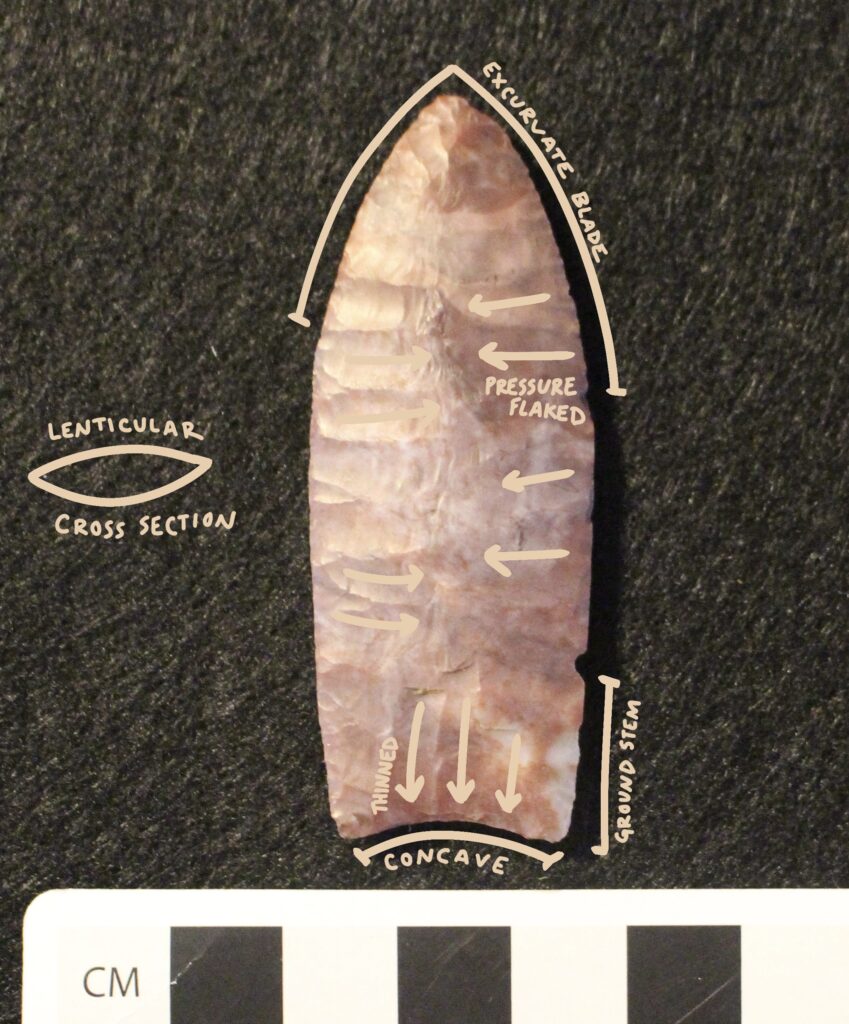Goshen-Plainview
12,500 - 11,800 BC ; [Paleo]
The Goshen and Plainview point types are in a confusing situation chronologically. Due to recent research, I have decided to group these “two” point types. More consensus is needed in the archaeological community before I commit to fully grouping these under one name (most likely being Plainview).
Goshen points were previously thought to have been a transitional between Clovis and Folsom, having been found between these stratigraphic layers at Hell Gap. Recent radiocarbon dating from the Mill Iron site, along with dates from Jim Pitts, and Upper Twin Mountain, place Goshen later in time, to be contemporaneous with Plainview – a culture that overlaps with Folsom. Goshen and Plainview points only begin showing up in the archaeological record after Folsom had already been conceived.
Analysis of Plainview and Goshen points confirm that they are near indistinguishable and if there is a difference, it is that Goshen points have more pronounced thinning at the base but are otherwise stylistically the same point. The only other distinction could be where the points are found geographically with Goshen named points being more predominant in the North and Plainview in the South.
The Goshen-Plainview people would have been living through the transition from the Pleistocene to the Holocene, known as the Younger Dryas.
Goshen-Plainview Points
Unlike Clovis or Folsom, Goshen-Plainview points are not fluted. They are thinned however, and show similarities to both points. Their pressure flaking is on par with that of Folsom, and their reduction techniques are similar to Clovis.
Typology
- Form
- Base
- Horizontal Cross Section
- Vertical Cross Section
- Reduction
- Stem Grinding
- Basal Grinding
- Triangular Lanceolate
- Concave to nearly straight
- Lenticular
- Uniform
- Horizontal, selective
- Yes
- Yes
Notable Sites
- Mill Iron, Montana – A large bison bone bed associated with a Goshen camp site. The bones are thought to have been stacked deliberately, and are one of the earliest examples of a bison bone bed.
- Hell Gap, Wyoming – Locality I has a Goshen processing camp, with lithic debris and bison remains.
- Lubbock Lake, Texas – A site that Plainview people returned to multiple times, to hunt bison. Lakes and marshes would have been present in the area at the time of occupation.
Distribution map (only great plains)
References cited
Typology:
Taylor, J. (2006). Projectile points of the high plains: New perspectives on typology based on examinations of original type site specimens (1st ed). Jeb Taylor Artifacts.
¹Waters, M., & Stafford, T. (2014). Redating the Mill Iron Site, Montana: A Reexamination of Goshen Complex Chronology. American Antiquity, 79(3), 541-548. doi:10.7183/0002-7316.79.3.541
²Buchanan, B., Collard, M., & O’Brien, M. (2020). Geometric Morphometric Analyses Support Incorporating the Goshen Point Type into Plainview. American Antiquity, 85(1), 171-181. doi:10.1017/aaq.2019.89
³Irwin-Williams, C., Irwin, H., Agogino, G., & Haynes, C. V. (1973). HELL GAP: PALEO-INDIAN OCCUPATION ON THE HIGH PLAINS. Plains Anthropologist, 18(59), 40–53. http://www.jstor.org/stable/25667128
4Vance T. Holliday & Eileen Johnson (1981) An Update On The Plainview Occupation At The Lubbock Lake Site, Plains Anthropologist, 26:93, 251-253
5Hill, M. G. (2022). Plainview: The Enigmatic Paleoindian Artifact Style of the Great Plains. Plains Anthropologist, 67(262), 210–212.




